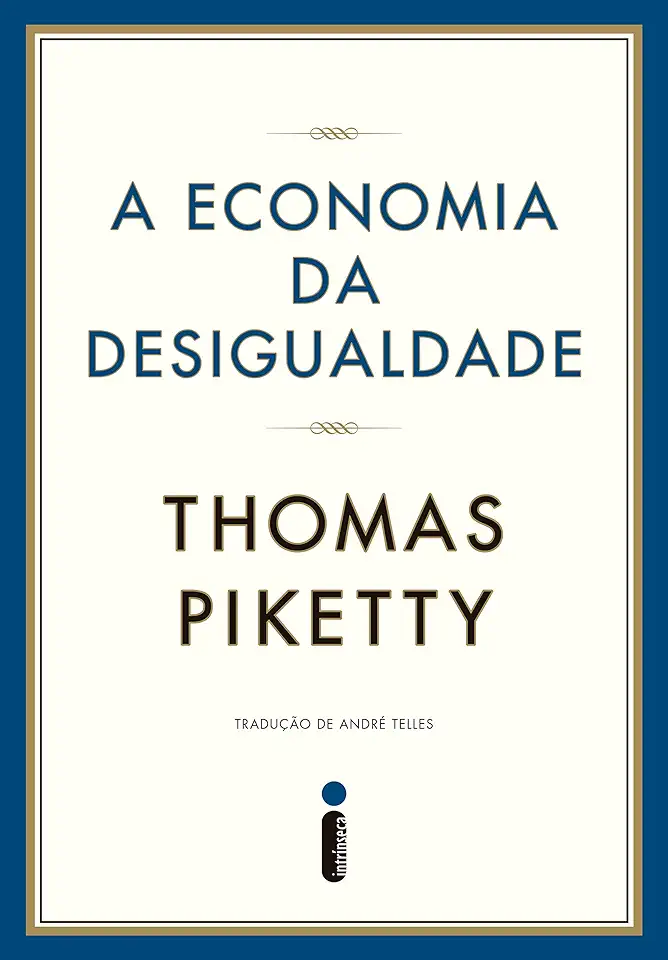
Capital in the Twenty-First Century
Capital in the Twenty-First Century: A Summary
In his groundbreaking book, Capital in the Twenty-First Century, French economist Thomas Piketty argues that the increasing concentration of wealth in the hands of a few individuals and corporations is a threat to economic growth and social stability. Piketty's research shows that the rate of return on capital has consistently outpaced the rate of economic growth for centuries, leading to a widening gap between the rich and the poor.
The Causes of Inequality
Piketty identifies several factors that have contributed to the rise of inequality, including:
- The decline of labor unions and the erosion of workers' rights. In the past, labor unions helped to ensure that workers received a fair share of the profits they helped to create. However, the decline of unions in recent decades has weakened workers' bargaining power and allowed corporations to capture a larger share of the profits.
- The increasing globalization of the economy. Globalization has led to increased competition for jobs, which has put downward pressure on wages. Additionally, globalization has made it easier for corporations to shift profits to low-tax jurisdictions, which has further reduced the amount of tax revenue available to fund public programs that benefit the poor.
- The rise of the financial industry. The financial industry has become increasingly powerful in recent decades, and this has led to a shift in the distribution of wealth from productive activities to financial speculation. The financial industry also plays a role in perpetuating inequality by charging high fees and interest rates to the poor.
The Consequences of Inequality
Piketty argues that the rising concentration of wealth has several negative consequences for society, including:
- Slower economic growth. Piketty shows that inequality can lead to slower economic growth by reducing aggregate demand and discouraging investment.
- Increased social unrest. Piketty argues that inequality can lead to social unrest by creating a sense of injustice and resentment among the poor.
- A decline in democracy. Piketty argues that inequality can lead to a decline in democracy by giving the wealthy disproportionate influence over the political process.
Piketty's Proposals for Reform
Piketty proposes several reforms to address the problem of inequality, including:
- A progressive wealth tax. Piketty argues that a progressive wealth tax would help to reduce the concentration of wealth and would raise revenue that could be used to fund public programs that benefit the poor.
- Increased investment in education and job training. Piketty argues that investing in education and job training would help to improve the skills of the workforce and would reduce inequality by giving workers more bargaining power.
- Strengthening labor unions. Piketty argues that strengthening labor unions would help to increase workers' wages and would reduce inequality by giving workers a greater share of the profits they help to create.
Conclusion
Capital in the Twenty-First Century is a powerful and persuasive book that makes a compelling case for the need to address the problem of inequality. Piketty's research shows that the rising concentration of wealth is a threat to economic growth, social stability, and democracy. He proposes several reforms that would help to reduce inequality and create a more just and sustainable economy.
If you are interested in learning more about the causes and consequences of inequality, I highly recommend reading Capital in the Twenty-First Century. It is a must-read for anyone who wants to understand the challenges facing the global economy today.
Enjoyed the summary? Discover all the details and take your reading to the next level — [click here to view the book on Amazon!]